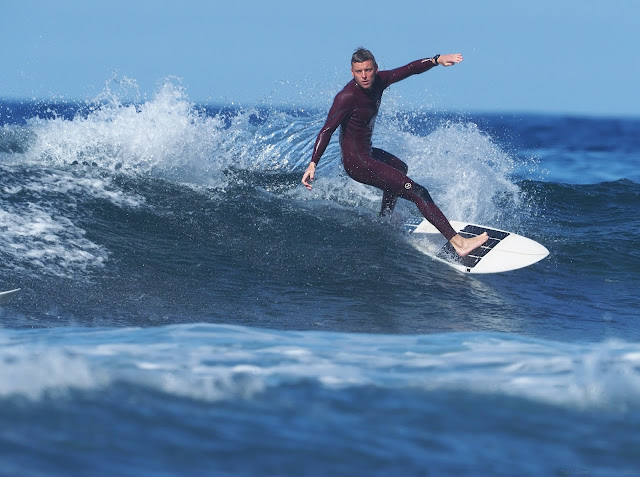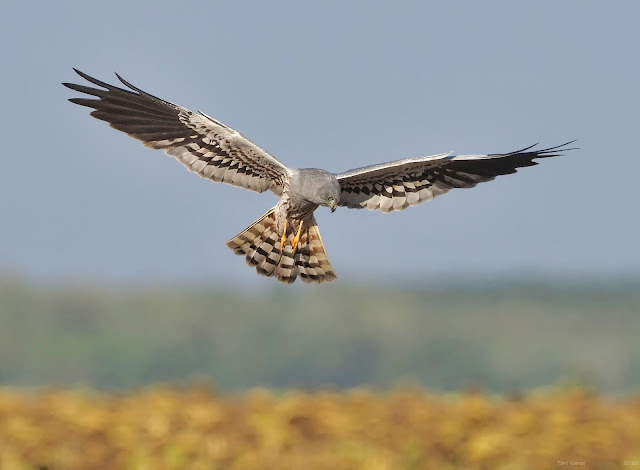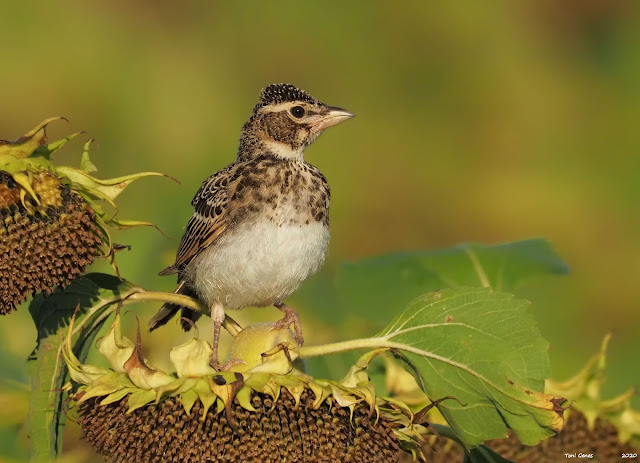I love wildlife photography and my favourite lens is Olympus 300mm F/4.0.
When Olympus announced the MC-20 teleconverter I was excited about the idea of having a 600mm combo. So I got the teleconvertor and used it in my photo sessions for more than one year. The teleconverter gave me more flexibility, I could address prudent animals and cover longer distances which I did not imagined before.
In this article I will post impressions and tips from my user experience and a lot of pictures.
1. Focus speed and birds in flight
MC-20 affects the focus speed. Although the difference is visible, the speed is still fast enough for slow birds in flight like herons or buzzards or for birds which are far away. I tried the combo for fast birds like swallows or bee-eaters, but I would not recomand it. In such case the lens alone is a much better option.
The focus speed improves when a smaller number of focus points it is active. The best setting I found for the focus speed and accuracy is the group of 5 focus points.
I don't consider 300mm+MC-20 a perfect combo for birds in flight because:
1. the teleconvertor cuts 2 stops of light, so ISO needs to be increased which has impact to the IQ;
2. the focus accuracy is not good in low light, especially in C-AF mode;
3. the focus speed drops in lowlight, sometimes camera is hunting in C-AF mode.
4. it is hard to keep the bird in the frame of such long combo (1200mm FF equiv.). When the birds comes to close, it does not fit into the frame. It happenned often to me.
5. in low light S-AF mode is better than C-AF : faster, more accurate.
For static subjects, when there is good light, the teleconvertor shines : the system focuses relatively fast and the accuracy is OK. The ISO can stay at a medium value where the details are better preserved.
I use sometimes MC-20 for birds of prey because the photo-shooting
distances are long. When the light is good light, the results are nice.
2. Image quality
In the past I used all the teleconverters built by Olympus: EC-14, EC-20, MC-14 and MC-20.
In my opinion MC-20 is the best teleconvertor which Olympus ever built:
-no chromatic aberations;
-although the TC has a small impact on the image quality, the image quality is still good, the details are well preserved.
I recomand using the teleconverter in good light only. In low light the image quality will be heavily affected by high ISO and low focus precision.
Crop from previous image:
Crop from previous image:
3. Background
The teleconverter doubles the focal lenght, so ussually the background is very nice blured. In fact it's easy to get a blured background when MC-20 is mounted on the lens.
Shooting against light can provide interesting backgrounds like the one bellow:
There are special conditions when the background looks bad. By example when the ground and the air are hot.
Bellow I posted a negative example - the ground and the air were very hot, so the background came out harsh. In my bellow example not only the background was affected by the heat, but also the sharpness of the subject was affected.
I found that the hot ground can affect the focus accuracy too.
4. Keeping the subject in the frame
600mm (1200mm echiv) is a very long focal length.
Before getting this teleconverter, I was worried that it would be dificult to find the subject by viewfinder or to keep it in the frame.
In general it was better than I expected. I can get the subject in the frame relatively quickly. With birds in flight is more dificult, but stil possible.
Accidentally it happened to spend long time to find a subject through the viewfinder or to fail completely to capture birds in flight. It also happened that the subject came to close and did not fit into the frame.
This harrier came too close. So at the end I could produce only a "portrait in flight":
5. Image stabilization (IS)
The Olympus Image Stabilization it prooved to be a very efficient stabilization.
MC-20 + 300mm is a very long combo (1200mm FF echiv.) and the efficiency of IS will decrease by minimum 1 stop compared to the 300mm lens alone. This is stil a very good performance.
It is crucial to keep the hands steady, to keep the shaking in the range of what the IS can cover. When the hands are steady, the IS system can handle sharp pictures at 1/20s...1/50s.
Bellow I posted a picture taken at 1/13s, ISO-200 and F/8.0 :
The IS will also stabilize the image in the EVF. I tried to track birds in flight without IS. The image in the EVF was shaking too much. I can do it with with 300mm, but 600mm is too long. So the IS will stabilize the image in the EVF and makes 600mm usable for tracking birds.
6. Tips and sugestions
a) Do not keep the teleconvertor mounted all the time ! Use it only when there is good light ! In low light the high ISO and low focus accuracy will heavily affect the image quality. If you use it in low light, use S-AF mode because it will focus faster and accuracy will be better.
b) Avoid using the TC when is hot outside. From my experience, the background is affected, the focus accuracy is also affected. In the hot summer days I use it only early morning. When is 09:30 and the temperature goes over 21'C, I remove it from the lens.
c) MC-20 is not an ideal tool for birds in flight:
-ISO must be increased by 2 stops;
- the focus speed is ok but not fast enough for some species of birds (swallows, bee-eaters..);
-sometimes the bird is too close and does not fit into the frame or is dificult to keep it in the frame.
For BIF I prefere to use the lens alone - it's faster and more versatile.
d) use the IS as much as possible, not only to stabilize the lens but also to stabilize the image in the EVF.
7. Conclusions:
a) MC-20 is the best teleconverter which Olympus ever made : good image quality, nice blured background, relatively fast focus.
b) It is a must-have tool for wildlife photographers because it provides a very long reach - 600mm (1200mm FF echiv.). With such long combo I was able to address far subjects. Before having MC-20 I would not even try to address so far away subjects.
c) In good light it performs good, it brings a big plus. It preservers well the details while offering a very comfortable reach.

d) In low light focus accuracy drops. Sometimes camera will hunt the focus. The loss of two stops will impact the ISO and then IQ.
Final words:
With the compromise of loosing two stops and slowing the focus speed a bit , MC-20 can stil make a difference in some situations. It improved my wildlife photography, it allowed me to address prudent animals which tolerate me only at far distances.
For wildlife photographers using Olympus gear, MC-20 is a nice adition. I recomand it.























































